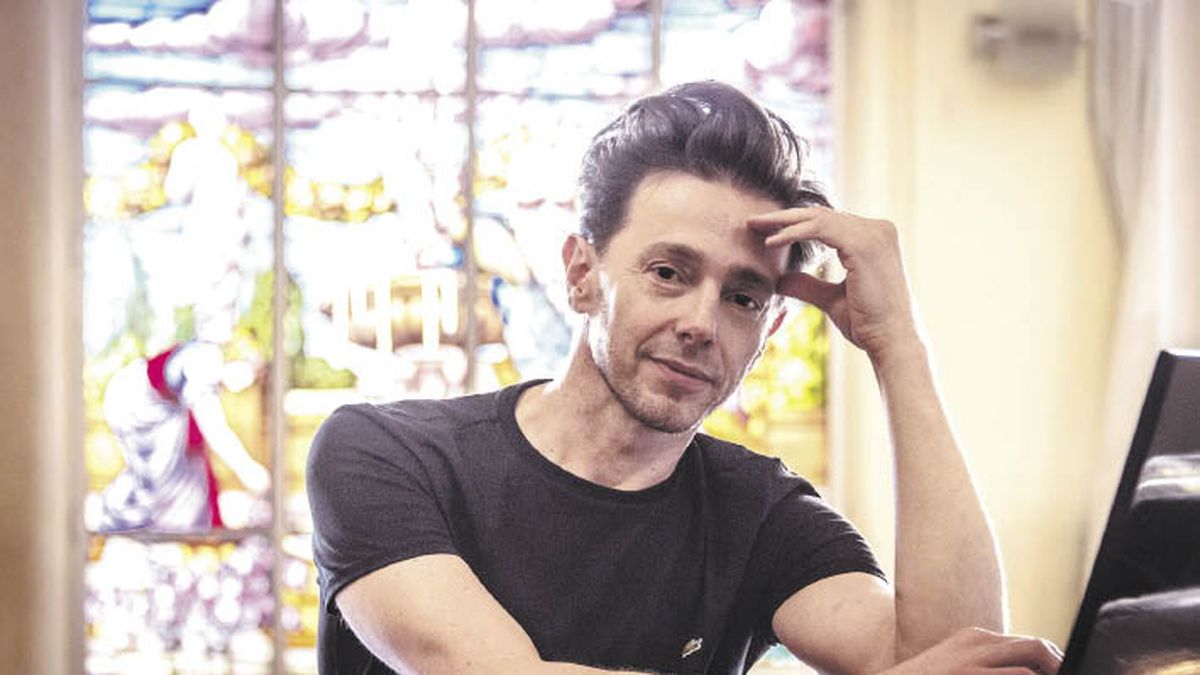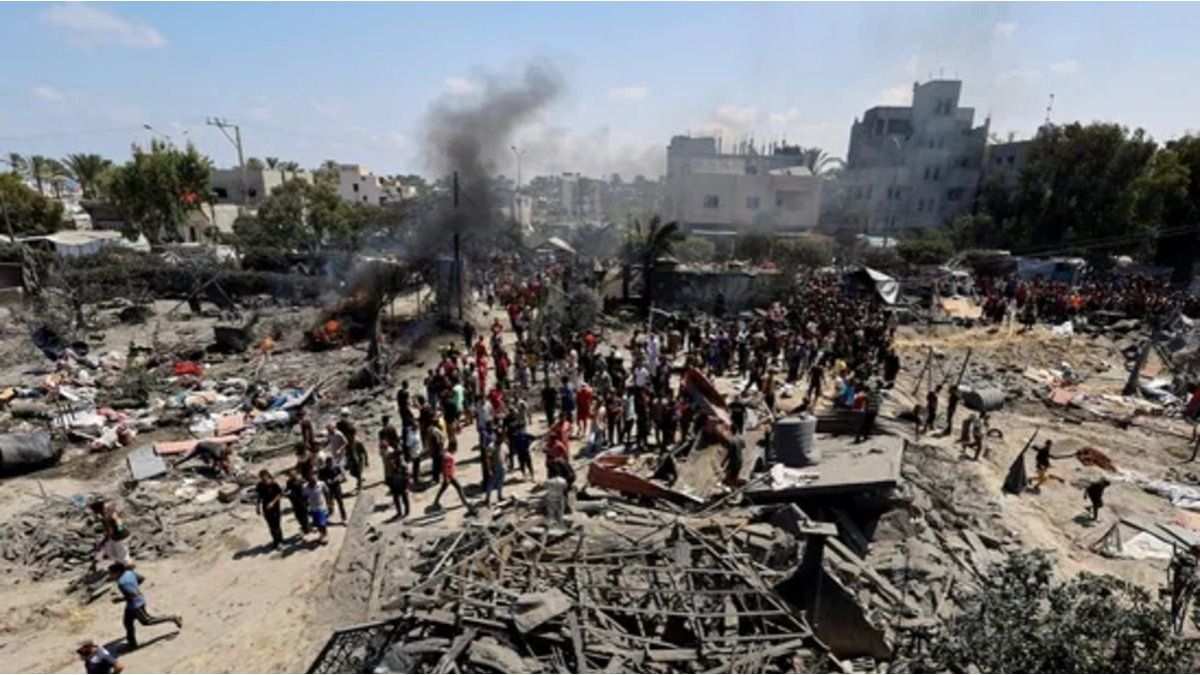Journalist: How did the idea of the post-apocalyptic world, dystopias, and how does the age of leather play out?
Pablo Rotemberg: That imaginary world allows us to talk about issues such as national identity and work with folklore without falling into a place of realism or naturalism. The idea of this dystopian world is not anchored in totalitarian power, as is often the case in classics like “1984”, but rather in a way of making this imaginary society evident, which in fact has much of the current one. The idea of nation as an imagined community. We are interested in that round trip to think about identity and folklore, which we avoid approaching from the traditionalist perspective. In this world, the era of leather begins, which is also a play on words: leather as skin, as a representative of the body and various corporalities.
Q.: How was the research on the malambo and how is it resignified in contemporary language?
PR: The research has to do with a playful and experimental approach to link it with contemporary language, there is no pretense of making a fusion, where one language absorbs the other, the approach is contemporary. There is the idea of the malambista as a highly virtuoso dancer who can reach extreme limits of speed and dexterity. It appeals to me that this tapping lasts because it requires effort and is attractive. It challenges the limits of what a body can do. In the rehearsals there were improvisations where the dancers, who come from folklore but also from other dances, tried to create a new language.
Q.: What Argentine topics appear in the dance?
PR: We seek to speak of the concept of Argentine identity from a critical place, not taking it for granted as a unit. We want to emphasize what is imagined, what is built and as such can be broken and rebuilt in other ways. Something of the monstrous in the Frankenstein style, we are interested in the idea of the montage, but not the Hollywood style but rather in the Russian, constructivist style, in the style of Vertov or Eisenstein, in which images and ideas contrast. There is no drop in the line or a single point of view. There is no story that advances and is resolved, nor is there a realistic will.
Q.: Was there an intention to recover forgotten Argentine dances?
PR: The investigation was not on that side. We unite ideas from a contemporary perspective on the language of malambo. There is no erudition regarding folklore but a work with that materiality and those dancers. Together they created another language.
Q.: Do you see a predominance of the milonga over folklore?
PR: No, there is a huge folk movement in the country, there are cities with hundreds of academies, many festivals, competitions, ballet schools.
Q.: How was the work in the official theater and what do you find there that you don’t in other circuits?
PR: It’s not the first time I’ve worked here, I did it with the Contemporary Ballet and other works like “El cisne salvaje” in La Ribera. I am glad that there is dance by independent choreographers within the official theater and that it is not just the Contemporary Ballet. It would be good if this modality was replicated in other official theaters.
Source: Ambito
I am an author and journalist who has worked in the entertainment industry for over a decade. I currently work as a news editor at a major news website, and my focus is on covering the latest trends in entertainment. I also write occasional pieces for other outlets, and have authored two books about the entertainment industry.




